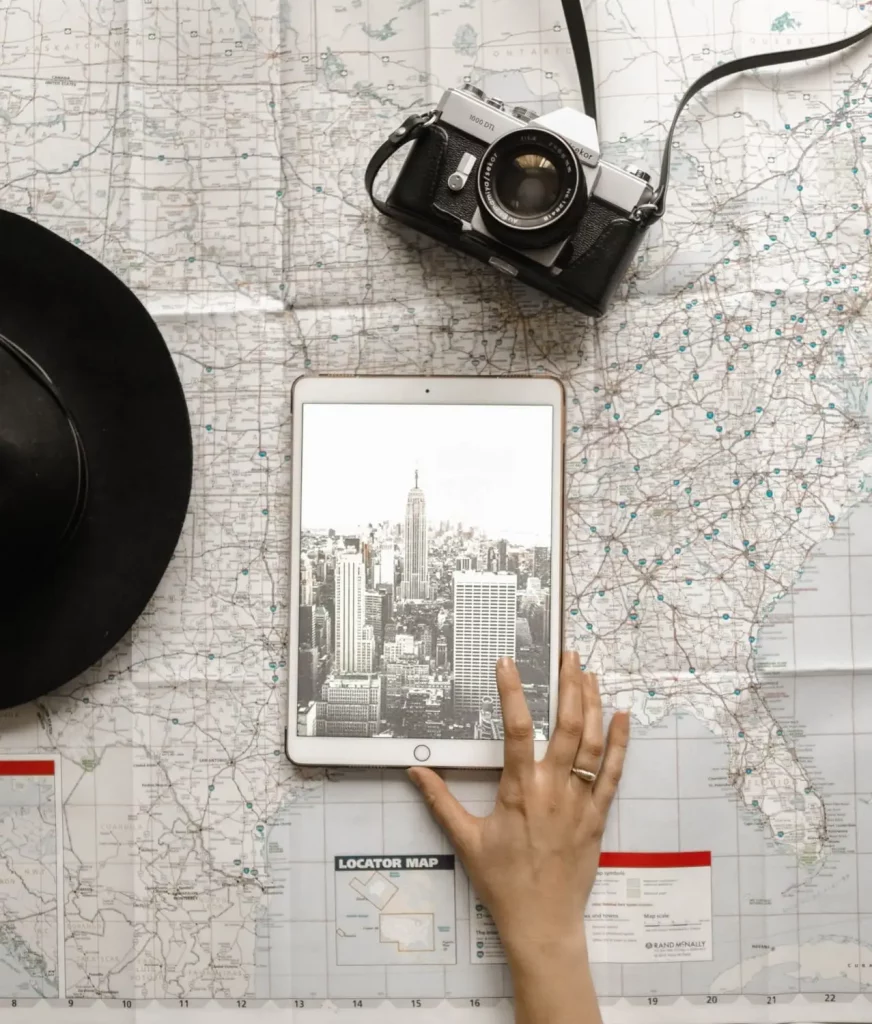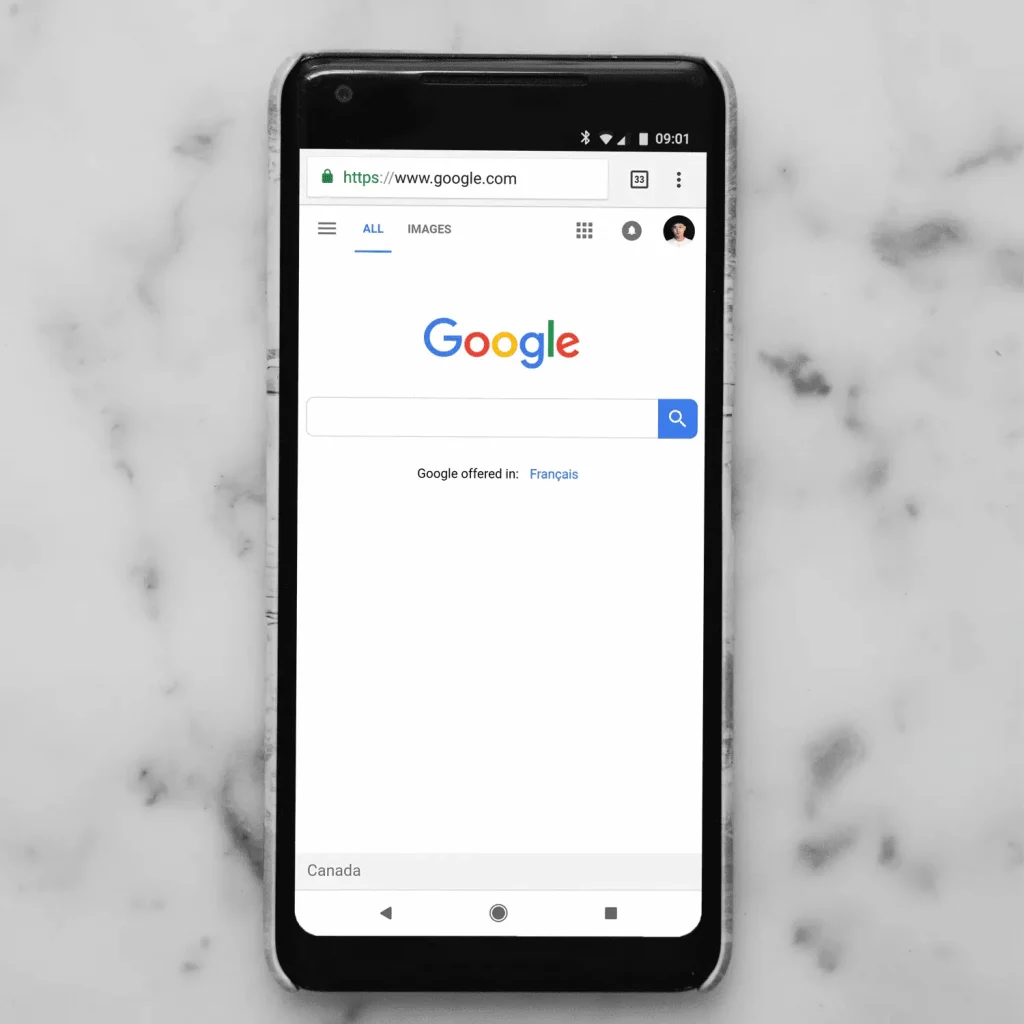By Becky Dickinson
Over the past few years there has been an increase in searches around how Brexit will impact the UK economy as a whole. Trends show that year on year, concerns go up.
But we’ve got good news if you work in the tourism sector – despite the concerns about Brexit, holidays abroad are rising in popularity!
What’s happening in the tourism sector?
Holidays abroad are rising in popularity
- 47% of travellers planned on spending their holiday abroad in 2018, with a large portion of those who spent last year in the UK, switching to spend more time abroad.
Shorter holidays may be extended
- A large proportion of those who took one week’s holiday last year are planning to extend their holidays to 2 weeks.
Price isn’t everything – but it’s a good start
- Travellers care a lot about getting a deal when it comes to researching a holiday and less when it comes to making a booking – suggesting price acts as a first funnel.
Late bookers are less decisive
- Those who wait to book their biggest holiday of the year are also the least sure of where they want to go and are more open to inspiration.


Travel and search
Peaks are a big deal
- Peaks are defined as the first seven weeks of the year (January to the 2nd week of February). 78% of people who travel abroad book their holidays in January and 93% of people who travel abroad for their holidays take their vacations in August.
Peaks are also becoming more and more important every year
- 15% of all travel searches were made in peaks in 2017 up from 13.8% in 2016
- 17% of all holiday searches were made in peaks 2017 vs 15% in 2016
You should build strong brand memories prior to peak season:
- 59% of UK consumers remembered seeing travel-related ads during the purchase journey.
- 54% of consumers recall an ad they saw at the beginning of their journey, whereas only 18% recall seeing one saw just before making their booking
- 20% of conversions attributed to January on last-click actually originate from December!
Mobile is important
- 51% of holiday search queries are on a mobile – and queries in mobile continue to grow
Make the most out of these trends with Google
As the world’s largest search engine, Google has become critical to the customer journey:
- 51% of people start planning a holiday with no destination in mind
- 40% of travellers initiate destination research with a Google search
- 66% of travellers turn to video when thinking about a trip
- Every travel booking is now influenced by over 19 digital touch points
- There are 52 Google searches over 5 months for a holiday booking
- 41% rely on Google Maps when travelling
With that in mind, it’s useful to use the Google framework called ‘See, Think, Do, Care’ to understand how to advertise to these customers at the different stages in the buying cycle. Below, we’ve outlined the different messaging and advertising suggestions at each level.

See
Who: Consumers are getting inspired, exploring holidays, sharing and comparing holidays
Messaging: Build a brand memory and inspire holiday planning so they think of you when they look to buy
Targeting: You can use targeting in Google audiences such as age, gender, passions, affinity
Formats: Use advertising formats such as Display ads, YouTube for action, Social Ads
Measurement: Awareness, Ad recall and brand interest
Think
Who: Consumers are researching in more detail, planning flights and doing comparisons
Messaging: Reach a potential travel audience based on signals of intent
Targeting: You can use targeting in Google audiences such as custom intent, in-market and life events
Formats: Use advertising formats such as premium display placements, YouTube for Action and Search Ads
Measurement: Purchase intent, consideration, brand interest
Do
Who: Consumers who are ready to buy their holiday easily and without hassle
Messaging: Own the moments when audiences are ready to buy and make the purchase easy
Targeting: You can use targeting in Google audiences such as keyword targeting, in-market, custom intent, customer match & remarketing
Formats: Use advertising formats such as search, remarketing and RLSA’s
Measurement: Return on ad spend, cost-per-click
Care
Who: Consumers have been on holiday with you and might be thinking of the next one
Messaging: Surprise and reward your loyal consumers whilst encouraging repeat purchase and recommendation to friends & family
Targeting: You can use targeting in Google audiences such as remarketing and customers
Formats: Use advertising formats such as Gmail & RLSA
Measurement: Purchase intent, consideration and brand interest
Next steps
Want to better understand the different types of advertising and targeting you can do with Google? Get in touch today!



